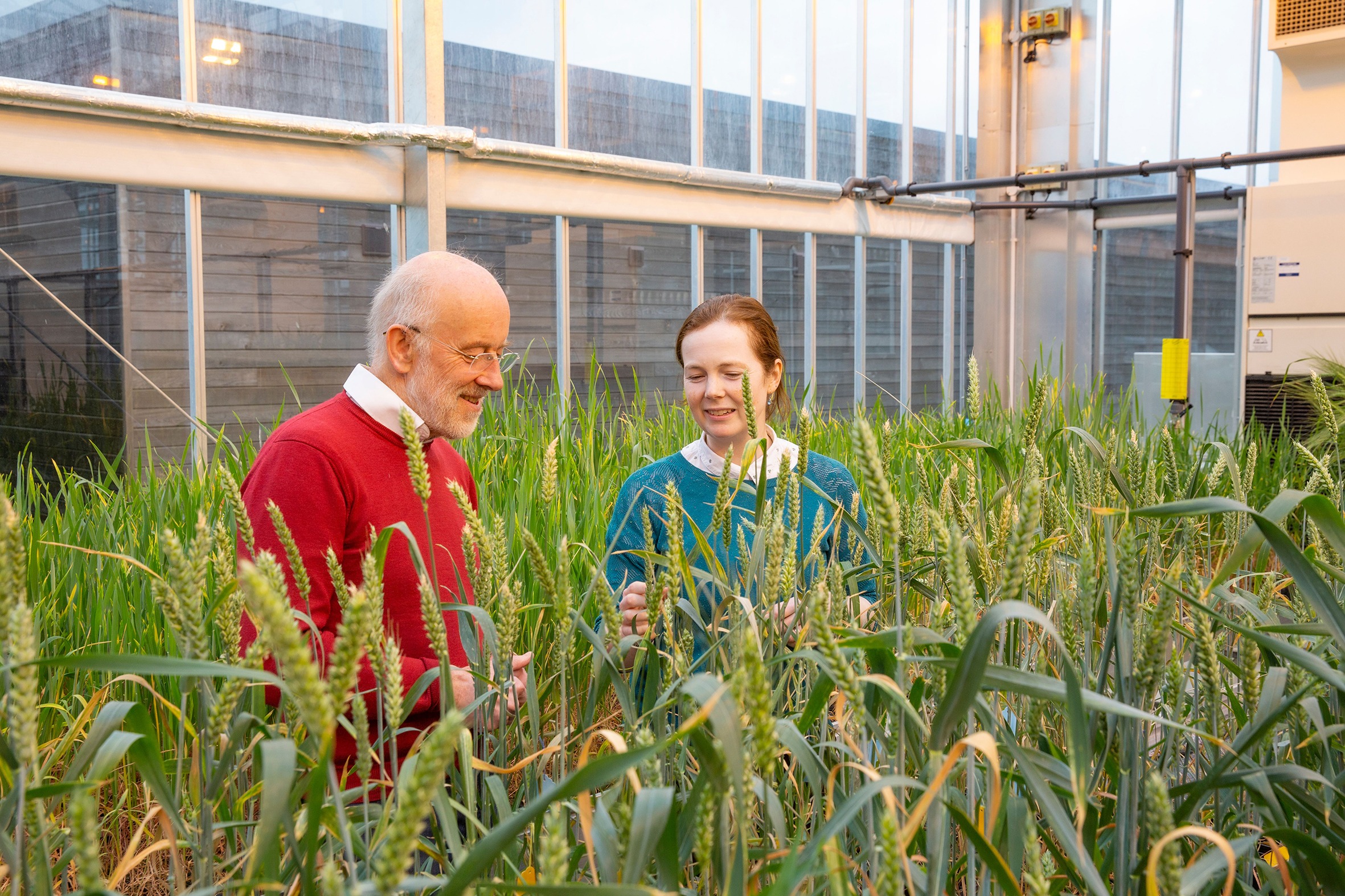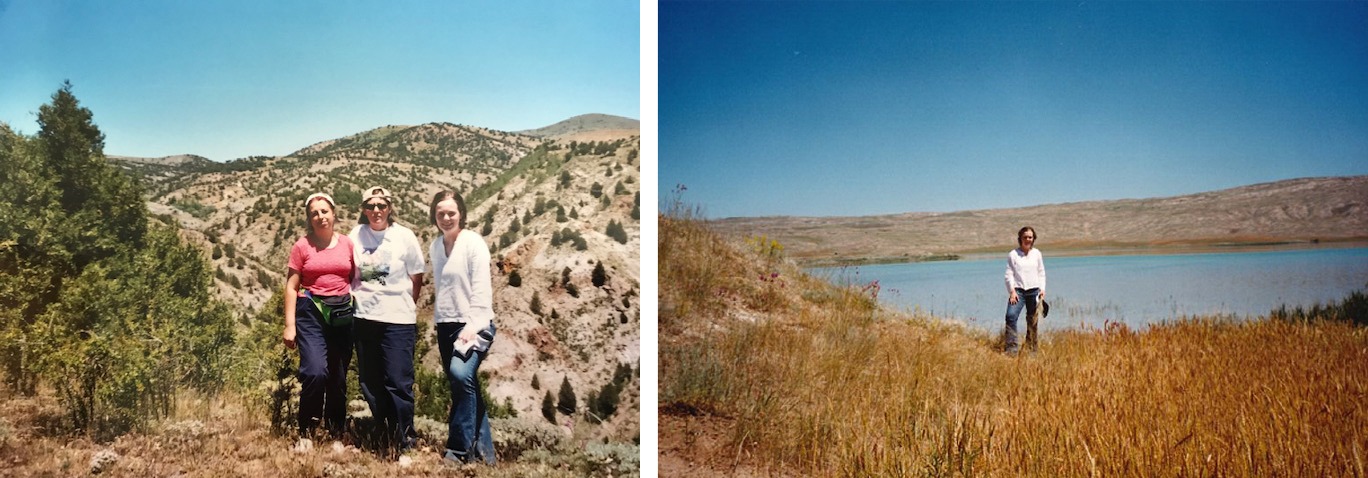

Sowing the seeds of the future
October 12, 2020
Australians continue to play significant leadership roles in international agricultural research centres. Some of these were highlighted in a report by ACIAR earlier this year, connecting Australians with CGIAR Centers. Most recently, it was announced that Dr Alison Bentley will be taking up the position as the new Global Wheat Program Director at the International Maize and Wheat Improvement Center (CIMMYT), based in Mexico. Our ACT Coordinator and renowned wheat scientist, Dr Tony Fischer, was formerly in the role; our board member Professor Tim Reeves was the former Director General and former conference scholar, Dr Brendan Brown is now an agricultural innovation scientist at CIMMYT. There has not only been significant roles for Australians at CIMMYT – it has played a defining role in Australia’s wheat industry as the majority of Australia’s wheat varieties can be traced back to CIMMYT varieties. As you will read here, there are other Crawford Fund connections in Alison’s career. She was kind enough to agree to write this NextGen piece on her career pathway to this important global position, that saw her obtain her PhD from the University of Sydney, Australia, in 2007, supervised by Professor Lester Burgess, who is a lead mentor on our work in Laos.

In November 2020 I’ll be moving (at least in the virtual sense given current travel restrictions) to CIMMYT (the International Wheat & Maize Improvement Centre, located in Mexico) to take on the leadership of the global wheat program (GWP). CIMMYT’s GWP has an incredible track record of impact in delivering varieties and germplasm to support wheat production throughout the world.
My first experience of working with CIMMYT was in 2003 as an attendee at the first Crawford Master Class on Soil-Borne Pathogens of Wheat in Turkey, hosted by Dr Julie Nicol (the then CIMMYT soil-borne disease pathologist) and colleagues. As a new PhD student at The University of Sydney in Australia this was an incredible scientific experience with the course encompassing field visits, lab practicals and lectures from leading scientists (including my PhD supervisor Professor Lester Burgess). In addition, it was my first visit to the Central West Asia & North Africa (CWANA) region and an opportunity to interact with CWANA wheat scientists. More than the scientific learning I remember the lunchtime football matches, social events and sense of excitement in our discussions about new ideas and future impacts. I was also fortunate to have financial support from the Crawford Fund NSW Committee to stay on in Turkey to conduct a survey of soil-borne diseases of wheat (supporting my PhD research) in northern Turkey. What a privilege it was to travel around Turkey with Dr Berna Tunali from the University of Ondokus Mayýs sampling wheat fields by day and eating grilled fish by the Coast of Marmara or barbecuing by the Black Sea by night. The collaboration allowed us to conduct a quantitative survey of the community of Fusarium species associated with wheat in northern production regions (Bentley et al., 2006 Sydowia 58:163-177). It also provided me with a firm view of the context of my PhD research and of how working with partners greatly enhances the value (and enjoyment) of scientific research.

From these early months of my PhD spent in Turkey to its progression and completion (including international collaborations with Crop & Food New Zealand, Kansas State University & Cornell University and national collaborations with South Australia Research & Development Institute and the Western Australia Department of Agriculture) I further learnt the value of partnerships and collaboration. I also came to fully appreciate the importance of understanding context: what does the challenge look like in the field or system it is relevant to, how will change be implemented and by who? My supervisor Lester Burgess often cited “serendipity” and it always struck me that what he was actually describing was not really pure good fortune but the result of “making your own luck”. I recall many days in north-west NSW driving long stretches on the trail of crown rot infections in farm crops and conversations with agronomists asking for tip-offs on recent sightings of disease. This process led to many important discoveries, notably for my PhD the nature of sexual reproduction by the crown rot fungus (Bentley et al., 2008 Plant Pathology 58: 23-32) and an understanding of spatial relationships of genetic variation (Bentley et al., 2009 Mycological Research 112: 1101-1106) in the field.
The time spent talking to agronomists, visiting farms and conducting field surveys proved invaluable to my PhD. When I moved to the UK and joined NIAB in 2007 it was my foundational starting point. At NIAB, I joined the team embarking on a pioneering programme of wheat pre-breeding to deliver systematically developed and validated resources for wheat improvement. When it started, this translational programme aimed to bridge the gap between fundamental discoveries in model plant species and commercial breeding. It has led to the production of a wealth of genetic resources in commercially relevant genetic backgrounds for rapid uptake into breeding. The programme outputs to date include precisely defined germplasm (near-isogenic lines), user-friendly high-throughput genetic markers (for marker assisted selection), multi-founder populations and re-synthesised wheat incorporating untapped genetic diversity. The resources developed at NIAB and by other institutes and universities have resulted in the UK having arguably one of the most prolific public sector germplasm creation programmes worldwide outside the CGIAR. This has resulted in interest from both the research and breeding sector, leveraging significant public- and private-sector investment. Breeding programmes in Europe, South and North America, Africa, Asia and Australia have accessed material, indicative of global impact and success.
In moving to CIMMYT, I take forward the many lessons I have learnt since my first Crawford Fund supported visit to Turkey back in 2003. That visit was the seed of my future motivation to deliver science-led solutions to support global wheat production. My subsequent PhD research and time at NIAB have multiplied that seed into vast fields. CIMMYT, and CGIAR breeding deliver improved wheat germplasm into the hands of farmers. Seeds multiplied into fields multiplied into support for global farming communities.




